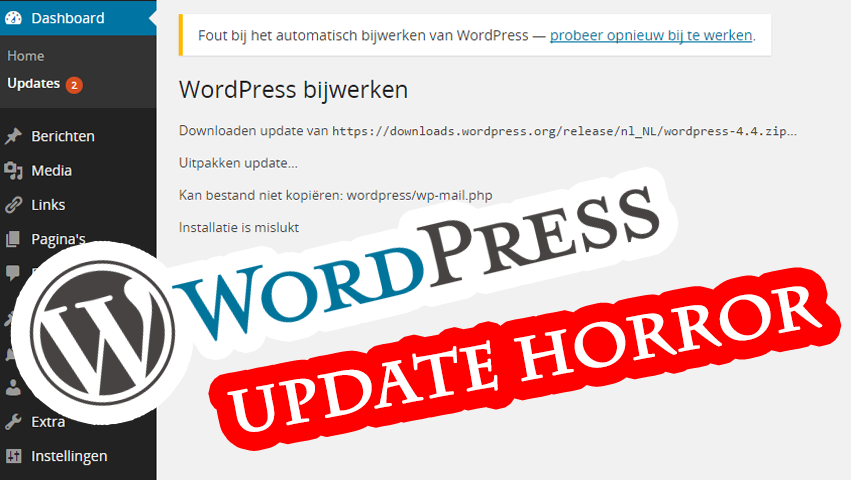If you often need to work with a copy of a production database on your local environment, you might have to anonymize the contents of all personal data due to restrictions of the GDPR. I often ship my Laravel projects with an artisan-command called “CleanupPersonalData”, in which I add some logic to purge all privacy-sensitive contents from the database.
Looking for a similar solution? Notice that this always requires manual implementation, since you need to review which data/columns in the database are personal, and which not.
Let take for example a simple ‘User’ model. After downloading a copy of your production database, you have a copy of all users, probably including columns as first_name, last_name, email and password.
namespace App\Console\Commands;
use App\Models\User;
use Illuminate\Console\Command;
use Illuminate\Support\Facades\DB;
class CleanupPersonalData extends Command
{
/**
* The name and signature of the console command.
*
* @var string
*/
protected $signature = 'cleanup:gdpr {aggressive?} {force?}';
/**
* The console command description.
*
* @var string
*/
protected $description = 'Cleanup Personal data for local environments';
/**
* Create a new command instance.
*
* @return void
*/
public function __construct()
{
parent::__construct();
}
/**
* Execute the console command.
*
* @return mixed
*/
public function handle()
{
if ('production' == config('app.env')) {
abort(403, 'This command should only be run in local/testing environments!');
exit;
}
// do we want to force overwrite contents, or check if this was anonymized before?
$force = false;
if ('true' == $this->argument('force')) {
$force = true;
}
// prepend this string to anonymized data (also to check if anonymized before)
$anonymizeString = 'anonymized: ';
// using Faker class to generate new dummy content
$faker = \Faker\Factory::create('nl_NL');
// START MODEL 1 (USER)
// specify a main table-column you will be checking for if the data was already anonymized
$mainColumn = 'lastname';
// make sure we fetch trashed items as well (if soft-deletes is enabled)
$items = User::withTrashed();
// if not forced, check if anonymized before
if (!$force) {
$items
->where(function ($query) use ($mainColumn, $anonymizeString) {
$query->where($mainColumn, 'NOT LIKE', DB::raw($anonymizeString) . '%');
$query->orWhereNull($mainColumn);
});
}
// get all items as a Collection
$items = $items->get();
$this->output->writeln(sprintf('%s users', $items->count()));
// make it easy for us to login to test-users (do this once, since hashing consumes a lot of memory / cpu)
$pass = bcrypt('123456');
foreach ($items as $item) {
if ($force || strpos($item->$mainColumn, $anonymizeString) === false) {
$item->$mainColumn = $anonymizeString.$faker->lastName;
$item->firstname = $faker->firstName;
$item->email = $faker->safeEmail; // to make sure we won't send any emails to real addresses
$item->password = $pass;
$item->save();
}
}
// END MODEL 1 (USER)
}
}
Repeat the above for multiple Models and you no longer have to worry about data-leaks. Make a copy of your production-database, import it into the local environments, run the command
php artisan cleanup:gdpr
and make sure to delete the original backup-file.



